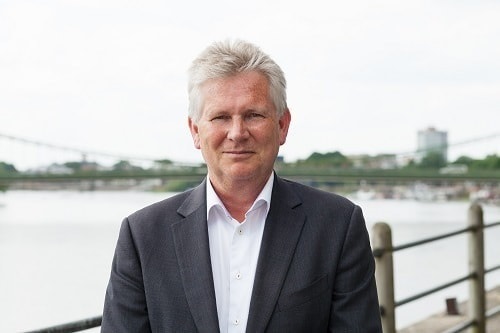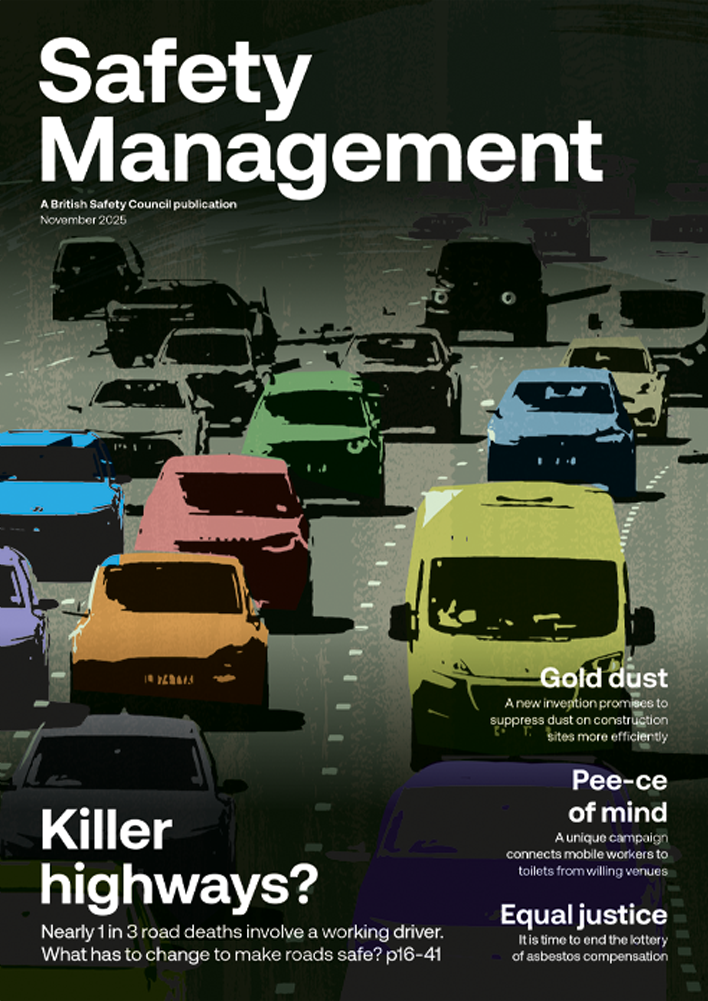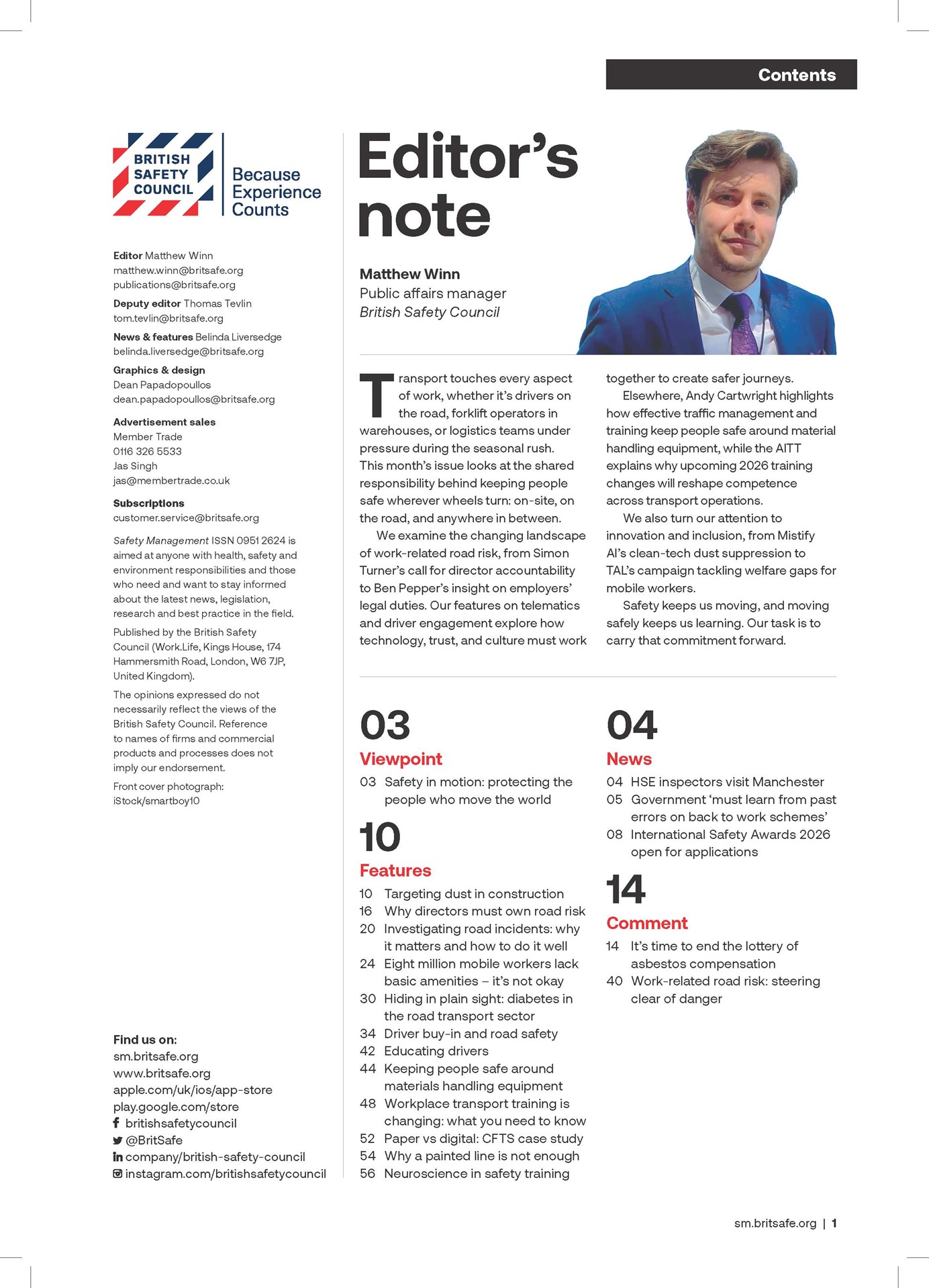Leadership, we are often told, is about actions and not words. In the world of occupational health and safety, effective leadership must bring together the right balance of actions and words to help workers understand both the how and why of workplace safety.
Opinion
Leadership: The right balance of actions and words
In June, I was pleased to moderate a panel at SHW Live’s Senior Leaders Summit, titled The Leadership Effect: It all Starts at the Core, which brought together OSH voices to discuss the role of leadership in creating a culture of workplace safety excellence.
In a world beset by rapid change, getting safety leadership right is essential. We know that our workplaces can have a profound impact on our safety, and thus on our health and wellbeing too. That’s why getting it right is our only option: for productivity, for profits, but most importantly, for our people.
Effective OSH leadership understands that no matter how inspiring our words might be, they cannot create an effective safety culture in isolation. Safety advice, pinned to office walls, rings hollow if it isn’t backed by consistent and visible actions, and these begin at the top.
Words matter, but they mean nothing in isolation.
 "No matter how inspiring our words might be, they cannot create an effective safety culture in isolation." Mike Robinson
"No matter how inspiring our words might be, they cannot create an effective safety culture in isolation." Mike Robinson
When leaders walk past an unsafe act without comment, it sends a message louder than any safety briefing ever could. Conversely, when leaders take the time to engage with workers on the ground, ask questions, listen to concerns, and address risks directly, they demonstrate that safety is not just a policy but a priority. It becomes policy in action, rather than policy inaction.
Actions matter, but they mean nothing without communication.
Action without communication also falls short. A safety culture which changes procedures or introduces new safety protocols without exploring risks or resistance is bound to fail. We know that people are more likely to embrace change when they connect the ‘what’ they do with the ‘why’ they do it. Communicating the ‘why’ behind decisions allows workers to understand how their actions can impact others, for better or worse.
At its core, safety leadership is about influence, and influence depends on credibility. Workers look to leaders not just for direction, but for signals: what’s tolerated, what’s encouraged, and what’s rewarded. Credibility is earned when leaders strike the right balance between actions and words, and it’s undermined when they say the right things but fail to follow-through.
Creating a strong safety culture doesn’t happen overnight. It’s a series of small actions that create a direction of travel. It is built over time through everyday moments: a supervisor who stops to coach rather than criticise, a manager who celebrates safe behaviours during team meetings, or a senior leader who admits a past mistake and what they learned from it. These moments matter. They humanise leadership and reinforce that safety is everyone’s business.
Winning hearts and minds requires more than rules and reminders; it requires genuine authenticity seen through actions and words. When we get this right, people feel safe to speak up, report risks and suggest improvements. When we get it right, everyone benefits.
The choice, then, facing every leader is simple: will you be remembered as someone who talked about safety or someone who made it happen? In boardrooms and on factory floors, in offices and on construction sites, workers are watching; and they’re measuring every word against every action, every promise against every follow-through. Because when it comes to workplace safety, there are no participation trophies; only results matter and the leaders who deliver them.
Click here for more information about the role of leadership in establishing effective cultural change.
Mike Robinson FCA is Chief executive of the British Safety Council
OPINION

Safety in motion: protecting the people who move the world
By Mike Robinson FCA on 13 November 2025
Transport keeps our world connected. Every product on every shelf, each commuter journey, flight or freight delivery depends on the people who move the world: the drivers, pilots, mechanics, dispatchers, engineers, and logistics specialists.

Work-related road risk – steering clear of danger
By Ben Pepper, CL Medilaw on 19 November 2025
Each day across the UK, millions of employees take to the roads as part of their working lives. Whether delivering parcels, attending client meetings or riding bicycles between jobs, road use plays a vital role in keeping businesses going. While the general health and safety landscape has evolved significantly over recent decades, work-related road risk (‘WRRR’) remains an area that is too often overlooked by employers.

It is time to end the lottery of asbestos compensation
By Daniel Easton, Association of Personal Injury Lawyers on 13 November 2025
A legal anomaly that makes it more difficult for sufferers of asbestos-related lung cancer to obtain compensation than people who have developed mesothelioma means large numbers of people are dying before receiving full compensation that could prove vital in the final months of their lives.



